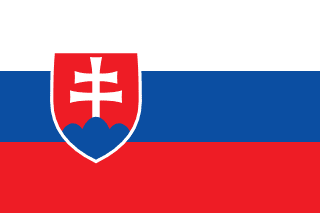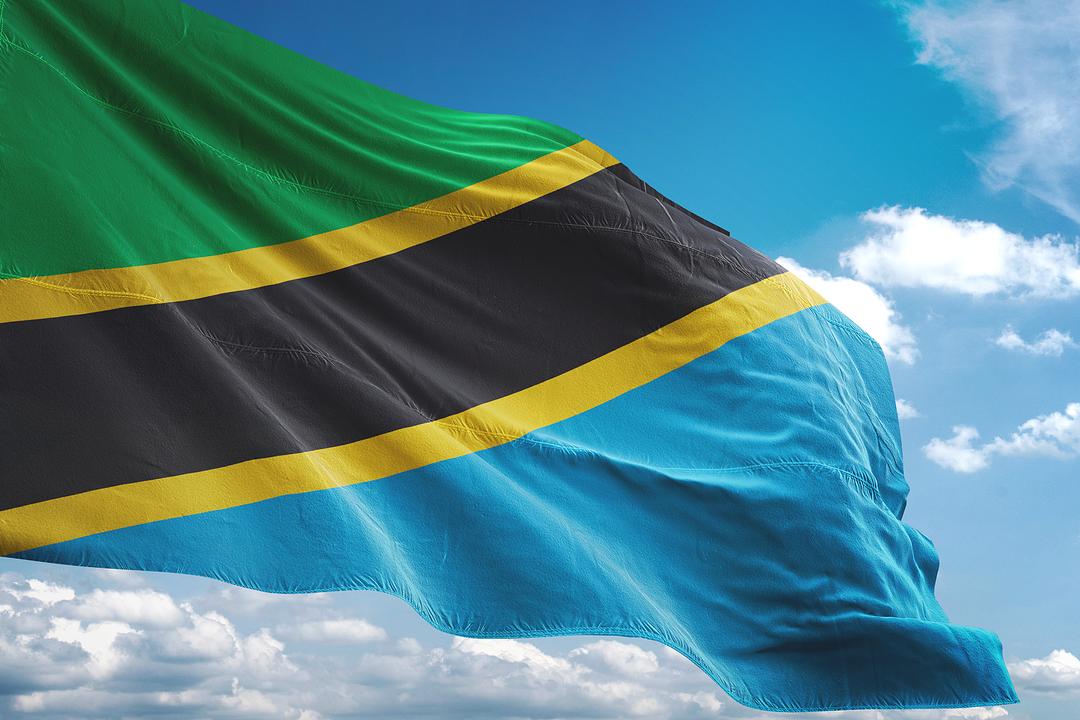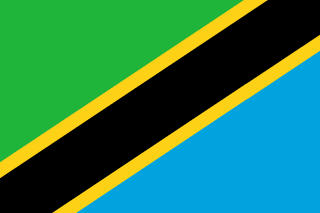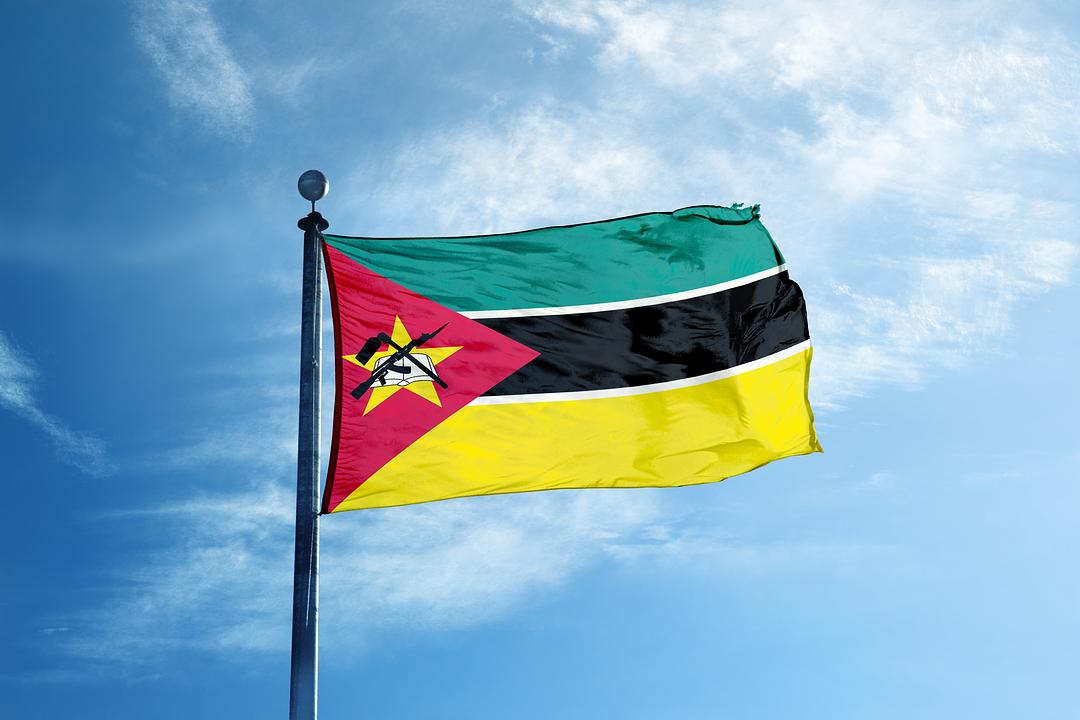

Employer of Record Guide in Slovakia
Slovakia's growing tech sector and skilled workforce make it an attractive destination for global expansion, but navigating local employment laws requires careful attention to detail. Our comprehensive guide breaks down everything you need to know to hire compliantly and build your team in this dynamic Central European market.
Capital City
Currency
Languages
Population size
Services available in this country:

Key stats and facts
Slovakia offers a compelling mix of technical talent and competitive costs, with major hubs like Bratislava driving innovation across IT, healthcare, and engineering sectors. Understanding the local market dynamics—from the 19% flat tax rate to in-demand skills—sets the foundation for successful hiring decisions.
Major economic hubs
Skills in demand
Currency
Language
GDP per Capita
Standard Tax Rate
Your EOR guide in Slovakia
From payroll cycles to parental leave policies, Slovakia's employment framework balances worker protections with business flexibility. This detailed breakdown covers the essential compliance requirements, compensation structures, and administrative processes you'll need to manage your Slovak workforce effectively.
Minimum Wage
Slovakia sets a national minimum wage that applies across all regions. As of 2024, the minimum wage is €760 per month for full-time employees, which translates to approximately €4.42 per hour based on a standard 40-hour work week.
The minimum wage is typically reviewed annually and adjusted based on economic indicators and government policy decisions.
Payroll Cycle
Slovak employers commonly use these payroll frequencies:
- Monthly: Most common, with salary paid by the 15th of the following month
- Bi-weekly: Less common but legally permitted
- Weekly: Rare, typically used for temporary or hourly workers
Note: Slovak Labour Code requires salary payment no later than the end of the calendar month following the month in which the work was performed.
Individual Income Tax
Slovakia operates a flat tax system for personal income:
| Income Type | Tax Rate |
|---|---|
| Employment Income | 19% |
| Self-Employment Income | 19% |
| Capital Gains | 19% |
| Dividend Income | 7% |
Tax-Free Allowance: €4,511.67 annually (approximately €376 monthly) for employees earning up to €21,967.50 per year.
Tax Residency Criteria
Individuals are considered Slovak tax residents if they:
- Have their permanent residence in Slovakia, or
- Stay in Slovakia for more than 183 days in a calendar year, or
- Have their centre of vital interests in Slovakia
Tax residents pay Slovak income tax on their worldwide income, while non-residents pay tax only on Slovak-source income.
Employer Payroll Contributions
Slovak employers must make mandatory social insurance contributions on behalf of their employees. These contributions are calculated as a percentage of the employee's gross salary, up to certain maximum assessment bases.
| Contribution Type | Employer Rate | Employee Rate | Maximum Assessment Base (2024) |
|---|---|---|---|
| Sickness Insurance | 1.4% | 1.4% | €7,931.50/month |
| Disability Insurance | 3.0% | 4.0% | €7,931.50/month |
| Old-Age Insurance | 14.0% | 4.0% | €7,931.50/month |
| Unemployment Insurance | 1.0% | 1.0% | €7,931.50/month |
| Accident Insurance | 0.8% | 0% | No limit |
| Reserve Fund | 4.75% | 0% | €7,931.50/month |
| Total Employer Contributions | 24.95% | 10.4% |
Note: Rates and assessment bases are subject to annual adjustments. Some industries may have different accident insurance rates.
Working Hours
The standard working time in Slovakia is:
- 8 hours per day
- 40 hours per week (averaged over a reference period)
- Maximum 12 hours per day (including overtime)
- Maximum 48 hours per week (including overtime, averaged over 4 months)
Reference Period: Working time can be organised over a reference period of up to 4 months, allowing for flexible scheduling while maintaining the 40-hour weekly average.
Night Work: Work performed between 22:00 and 06:00 is considered night work and carries additional compensation requirements.
Overtime Pay
- Overtime Rate: 25% premium above regular hourly wage
- Maximum Overtime: 8 hours per week, 150 hours per year
- Calculation: Based on average hourly earnings from the previous quarter
- Alternative Compensation: Employees may receive compensatory time off instead of overtime pay if agreed upon
Weekend and Holiday Work: Work on weekends and public holidays typically requires premium pay of 50% above regular wages.
Bonus Payments
Slovak law recognises several types of additional compensation:
- 13th Month Salary: Common practice, though not legally mandated
- Performance Bonuses: Subject to income tax and social contributions
- Holiday Bonuses: Often provided during summer vacation period
- Year-End Bonuses: Discretionary payments based on company performance
All bonus payments are subject to the same tax and social contribution rates as regular salary.
Full-Time vs. Part-Time
- Full-Time: Standard 40 hours per week
- Part-Time: Any arrangement below full-time hours, with proportional benefits and protections
- Fixed-Term Contracts: Limited to 2 years with possibility of one renewal
- Indefinite Contracts: Standard permanent employment arrangement
Vacation Leave
Slovak employees are entitled to paid annual leave based on their age and length of service:
| Employee Category | Annual Leave Entitlement |
|---|---|
| Under 33 years old | 20 working days (4 weeks) |
| 33 years and older | 25 working days (5 weeks) |
Additional Leave: Employees may receive extra vacation days for:
- Difficult working conditions
- Shift work or irregular hours
- Long service with the same employer
Scheduling: Employees must take at least 2 weeks of continuous vacation during the calendar year. Vacation must be taken within the calendar year or by March 31 of the following year.
Sick Leave
Slovakia provides comprehensive sick leave coverage:
First 10 Days:
- Days 1-3: No compensation (waiting period)
- Days 4-10: 55% of daily assessment base, paid by employer
From Day 11: 55% of daily assessment base, paid by social insurance
Maximum Duration: Up to 52 weeks for the same illness, with medical certification required.
Maternity Leave
- Duration: 34 weeks total (can be extended to 37 weeks for single mothers)
- Timing: Can begin 6-8 weeks before expected delivery
- Compensation: 75% of daily assessment base for first 28 weeks, then 60%
- Job Protection: Position must be held open during leave period
Parental Leave
- Duration: Until child reaches 3 years of age (can be shared between parents)
- Compensation: Parental allowance from social insurance (amount varies by family income)
- Flexibility: Can be taken part-time while working reduced hours
Paternity Leave
- Duration: 15 working days within 6 weeks of child's birth
- Compensation: 75% of daily assessment base
- Flexibility: Can be taken continuously or in separate periods
Other Statutory Leave
| Leave Type | Duration | Compensation |
|---|---|---|
| Marriage | 2 days | Full pay |
| Death of close family member | 2 days | Full pay |
| Moving residence | 1 day | Full pay |
| Blood donation | 1 day | Full pay |
| Medical examinations | As needed | Full pay |
Summary
| Leave Type | Duration | Paid? | Funding |
|---|---|---|---|
| Annual Vacation | 20-25 days/year | Yes | Employer |
| Sick Leave | Up to 52 weeks | Partially | Employer/Social Insurance |
| Maternity Leave | 34-37 weeks | Yes (75%/60%) | Social Insurance |
| Parental Leave | Until child is 3 | Yes (variable) | Social Insurance |
| Paternity Leave | 15 days | Yes (75%) | Social Insurance |
| Special Occasions | 1-2 days each | Yes | Employer |
Termination Types
Termination by Employer:
- With Notice: Standard termination requiring notice period
- Immediate Termination: For serious misconduct only
- During Probation: Simplified process with shorter notice
Termination by Employee:
- Resignation: Employee-initiated with notice period
- Immediate Termination: In cases of employer breach
Notice Period Requirements
Notice periods depend on length of employment:
| Length of Employment | Notice Period |
|---|---|
| During probation (max 3 months) | 1 week |
| Less than 1 year | 1 month |
| 1-5 years | 2 months |
| More than 5 years | 3 months |
Notice Period Rules:
- Notice must be given in writing
- Notice period begins the first day of the month following delivery
- Employee continues working and receiving salary during notice period
Severance Pay
Severance pay is required in specific circumstances:
Organisational Changes: When position is eliminated due to:
- Company restructuring
- Economic reasons
- Technological changes
Severance Amounts:
- Less than 2 years: 1 month's salary
- 2-5 years: 2 months' salary
- 5-10 years: 3 months' salary
- 10-20 years: 4 months' salary
- More than 20 years: 5 months' salary
Protected Employees
Certain employees have enhanced protection against termination:
- Pregnant women and mothers with children under 3 years
- Employees on sick leave
- Employee representatives and union officials
- Employees approaching retirement age
Final Pay Requirements
Employers must provide final settlement within 15 days of employment termination, including:
- Outstanding salary
- Unused vacation pay
- Overtime compensation
- Any applicable severance pay
Work Certificate
Upon termination, employers must provide a work certificate (pracovné osvedčenie) containing:
- Employment period
- Job position and duties
- Reason for termination (if requested by employee)
National Public Holidays
Slovakia observes the following public holidays:
| Holiday | Date |
|---|---|
| New Year's Day | January 1 |
| Epiphany | January 6 |
| Good Friday | Varies (March/April) |
| Easter Monday | Varies (March/April) |
| Labour Day | May 1 |
| Liberation Day | May 8 |
| St. Cyril and Methodius Day | July 5 |
| Slovak National Uprising Day | August 29 |
| Constitution Day | September 1 |
| Our Lady of Sorrows Day | September 15 |
| All Saints' Day | November 1 |
| Freedom Day | November 17 |
| Christmas Eve | December 24 |
| Christmas Day | December 25 |
| St. Stephen's Day | December 26 |
Holiday Pay Rules
Compensation: Employees receive their average daily earnings for public holidays that fall on working days.
Work on Holidays: If employees work on public holidays:
- They receive their regular wage plus 100% premium
- Alternative: Regular wage plus compensatory time off
Holiday During Leave: If a public holiday falls during vacation, the vacation day is not counted against annual leave entitlement.
Required Documents for Employment
Employment Contract: Must include:
- Job description and duties
- Salary and benefits
- Working hours and location
- Probation period (if applicable)
- Notice periods
Employee Documentation:
- Valid identification (ID card or passport)
- Social security number
- Tax identification number
- Bank account details for salary payments
- Educational certificates (if required for position)
Work Permits & Visas
EU/EEA Citizens: No work permit required, can work freely in Slovakia.
Non-EU Citizens: Must obtain:
- Residence permit for employment purposes
- Work permit (unless exempt)
- Temporary residence permit
Blue Card: Available for highly skilled non-EU workers with university degrees.
Language Requirements
- Official Language: Slovak is the official language
- Contracts: Must be in Slovak unless employee agrees to another language
- Workplace Communication: Slovak is typically required, though English may be acceptable in international companies
Background Checks
- Criminal Record Check: May be required for certain positions (education, healthcare, finance)
- Medical Examinations: Required for specific roles or working conditions
- Reference Checks: Common practice but not legally mandated
Data Protection Compliance
Slovakia follows EU GDPR requirements:
- Employee consent required for data processing
- Clear privacy policies must be provided
- Data retention limits must be observed
- Employee rights to access and correct personal data
Probation Period
- Maximum Duration: 3 months for standard positions, 6 months for managerial roles
- Termination: Either party can terminate with 1 week notice during probation
- Extension: Not permitted beyond maximum duration
Onboarding Timeline
| Step | Timeline |
|---|---|
| Job offer accepted | Day 0 |
| Employment contract signed | Day 1-3 |
| Work permit processing (if needed) | 30-60 days |
| Social insurance registration | Within 8 days of start |
| Tax registration | Within 30 days |
| Health insurance registration | Within 8 days of start |
Worker Classification
Slovak law distinguishes between employees and independent contractors:
Employees (Zamestnanci):
- Work under employer supervision and control
- Use employer's tools and equipment
- Receive regular salary with social benefits
- Protected by Labour Code
Independent Contractors (SZČO):
- Work independently with minimal supervision
- Use own tools and bear business risk
- Invoice for services provided
- Governed by Commercial Code
Misclassification Risks: Incorrectly classifying employees as contractors can result in:
- Back payment of social contributions
- Tax penalties
- Labour law violations
Trade Unions & Collective Bargaining
- Union Membership: Voluntary, with approximately 12% of workforce unionised
- Collective Agreements: Can be negotiated at company, sector, or national level
- Employee Representation: Works councils required in companies with 50+ employees
- Strike Rights: Legal but subject to specific procedures and limitations
Cultural Considerations
Communication Style:
- Direct but polite communication preferred
- Formal address (using titles) common in initial interactions
- Punctuality highly valued
Work-Life Balance:
- Standard business hours: 8:00-17:00
- Lunch breaks typically 30-60 minutes
- August vacation period widely observed
Professional Development:
- Continuous learning valued
- Language skills (especially English and German) advantageous
- Technical certifications respected
Remote Work Framework
Slovakia has embraced remote work, especially post-COVID:
Legal Framework:
- Home office arrangements must be agreed in writing
- Employer responsible for occupational health and safety
- Equipment and utilities typically employer's responsibility
Tax Implications:
- Home office expenses may be tax-deductible
- Cross-border remote work requires careful tax planning
Technology Requirements:
- Reliable internet infrastructure generally available
- GDPR compliance essential for data handling
What Borderless AI Handles
When you hire through Borderless AI in Slovakia, we manage:
- Employment contract preparation and compliance
- Payroll processing and tax withholding
- Social insurance registration and contributions
- Local HR support and employee relations
- Compliance monitoring and updates
- Termination procedures and documentation
Built-in benefits packages for Slovakia
When the world is your competition, it pays to incentivize new hires and existing alike. Borderless AI benefits packages typically inlucde:

Medical Insurance

Dental Insurance

Retirement Contribution

Life Insurance

Vision Insurance
Explore other countries

Unlock global hiring potential
Simplify your payroll and hiring processes today.








